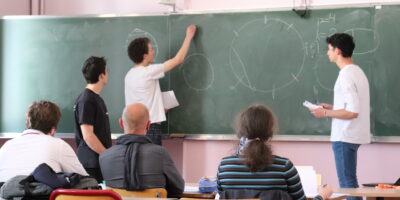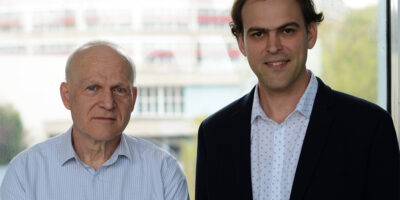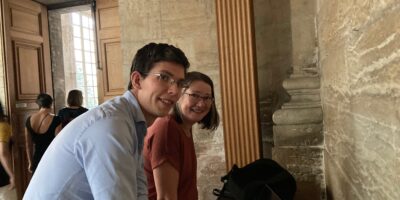INSTITUT ÉLIE CARTAN DE LORRAINE
Nos dernières actualités
Un tournoi de mathématiques pour développer le goût de la recherche des lycéens
Le week-end des 13 et 14 avril, des élèves de plusieurs lycées du Grand Est vont s’affronter lors de l’épreuve régionale du…
Antoine Henrot et Yvain Bruned, lauréats du prix Frontiers of science 2024
Antoine Henrot et Yvain Bruned, tous deux Professeurs à l’Institut Élie Cartan de Lorraine (IECL) ont reçu le prix Frontiers of science…
Cécile Dartyge X James Maynard : une collaboration qui porte ses fruit
Après plusieurs années de recherches communes, Cécile Dartyge, maîtresse de conférences à l’Institut Élie Cartan de Lorraine (IECL), et James Maynard, Professeur…
Agenda
La bibliothèque de l’IECL offre un large choix de documents. Elle dispose de collections spécialisées. Plus de 200 revues et 9000 ouvrages sont disponibles.
L’Institut Élie Cartan de Lorraine participe chaque année à des actions de diffusion de la culture mathématique pour sensibiliser les différents publics à cette discipline et susciter des vocations.



